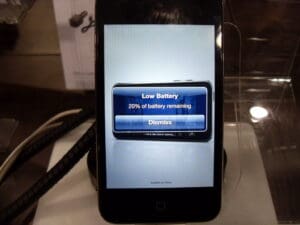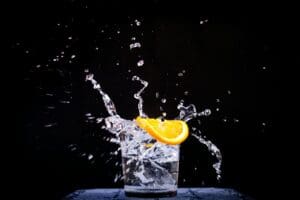Ever wonder what space smells like? NASA is creating some of the foulest smells currently known to exist, then vetting new “sniffers” for the agency’s odor lab. Their job is to detect horrible smells, which could be a sign of a pending disaster, and help engineers figure out how to contain them.

Isolated in the Space-Stench Continuum
There’s a slew of jokes about farting in an elevator. Because it’s wrong on so many levels. These jokes derive their humor from the fact that in an elevator, people are confined in a closed space and there’s nowhere for the gas to escape and everyone has to breathe it.
That’s the basic principle behind NASA’s “odor lab.” NASA began doing odor tests while it was testing the Apollo mission, partly in response to the failed Apollo 1. That mission ended in a disastrous fire that killed all three crew members before it could launch on February 21, 1967. NASA realized that if astronauts could detect and identify certain odors, it might prevent a disastrous outcome.
NASA also didn’t want astronauts being interfered with by noxious odors. Confined in tight spaces, as one can imagine, space missions have been known to get pretty stinky.
“Space vehicles that have been in use for a long period of time, and that don’t get a lot of fresh air over that time,” Susana Tapia-Harper told WHYY. “There have been reports that those kind of smell like locker rooms.”
So what does space smell like? Astronaut Scott Kelly said the International Space Station (ISS) smells like “combinations of antiseptic, garbage, and body odor.”
Detecting the Most Horrible Smells Imaginable
When it comes to odor detection by humans, George Aldrich has served as NASA’s “Chief Sniffer” for the past 44 years, Interesting Engineering reported. The magazine Scientific American had a more humorous nickname for Aldrich, calling him Nostrildamus. He’s even received a plaque acknowledging his work named the Silver Snoopy Sniffer Award.
NASA is training astronauts to detect various scents because odd smells are one of the first indicators that something is wrong in an environment. In addition to being an indicator of a potentially harmful situation, certain odors can also be annoying to the point of interfering with an astronaut’s work. Certain aromas can cause congestion, nausea, headaches, and drowsiness.
In addition to identifying odd smells, Aldrich’s work involves making those odors as “nonexistent” as possible. But there is an inherent problem in that. For anyone in any given environment.
“You can get what you call ‘olfactory fatigue,'” Aldrich says. After about five hours, an astronaut may no longer smell a certain aroma. That presents a dangerous situation. It may be only when new astronauts arrive at the ISS that they notice and ask: “What’s that smell?”
Training New “Sniffers”
NASA chemist Julio Padilla uses what he calls the “10 bottle test” to vet new “sniffers” for the agency’s odor lab.
The bottles are labeled with numbers 1-10. Padilla revealed that some of the bottles are placebos.
“Three of them are blanks,” Padilla said. “Just distilled water with no smell and seven others have a smell to them.”
The bottles contain a variety of strong scents, ranging from floral and minty, to pungent and putrid.
However, Padilla says the placebos are “the most important part.” The job of any potential sniffer is to identify which bottles are the blanks. If they can distinguish between the seven other smells, and identify the blanks, Padilla says those candidates have noses that are perfectly calibrated for lab-level testing. Their job will be sniffing out some of the most horrible smells imaginable, work that helps NASA engineers figure out how to contain them.
NASA’s odor lab is part of NASA’s White Sands Test Facility in New Mexico.









